ThaLonelyStoner
Member
^^I would like to know that too.
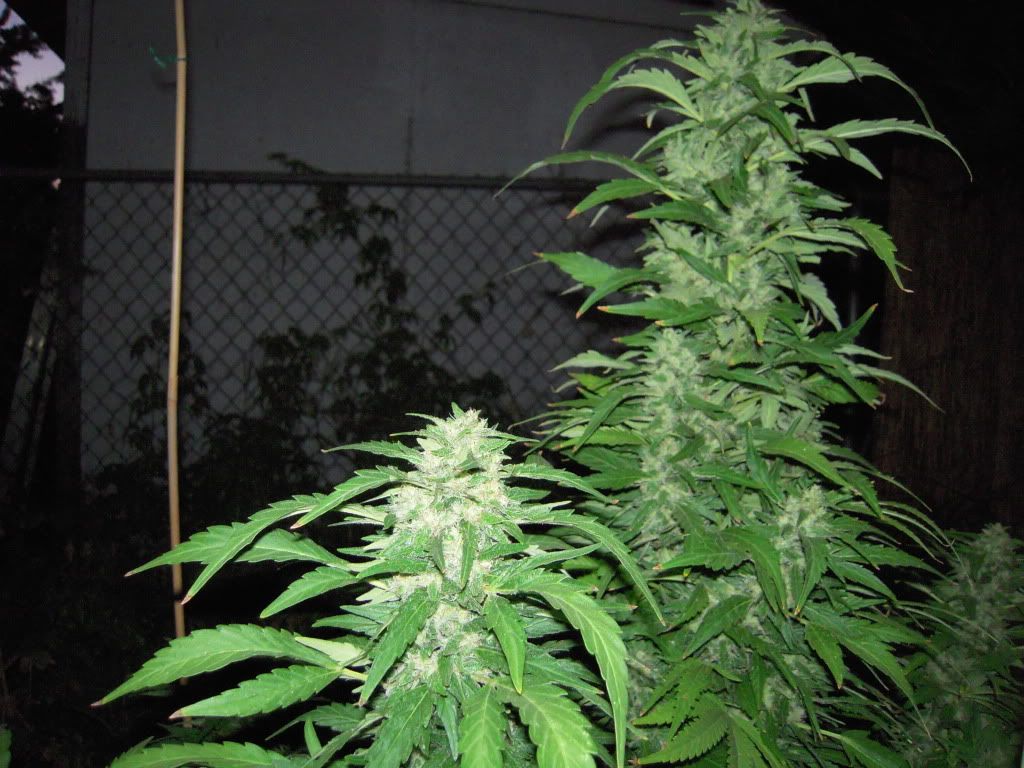


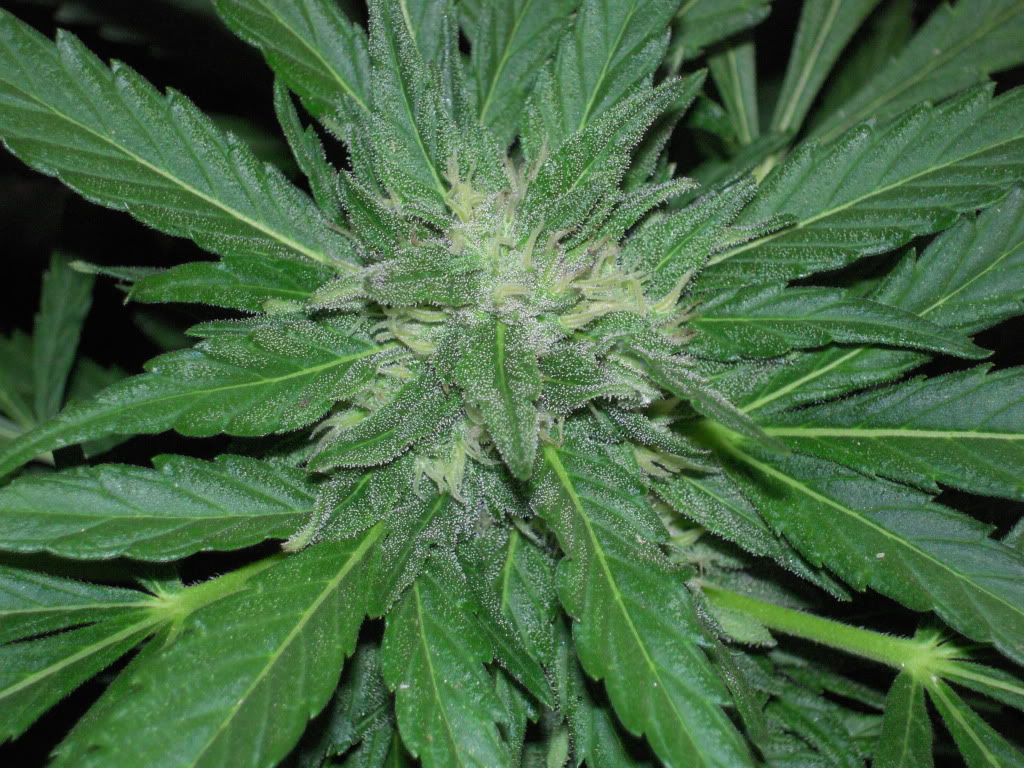
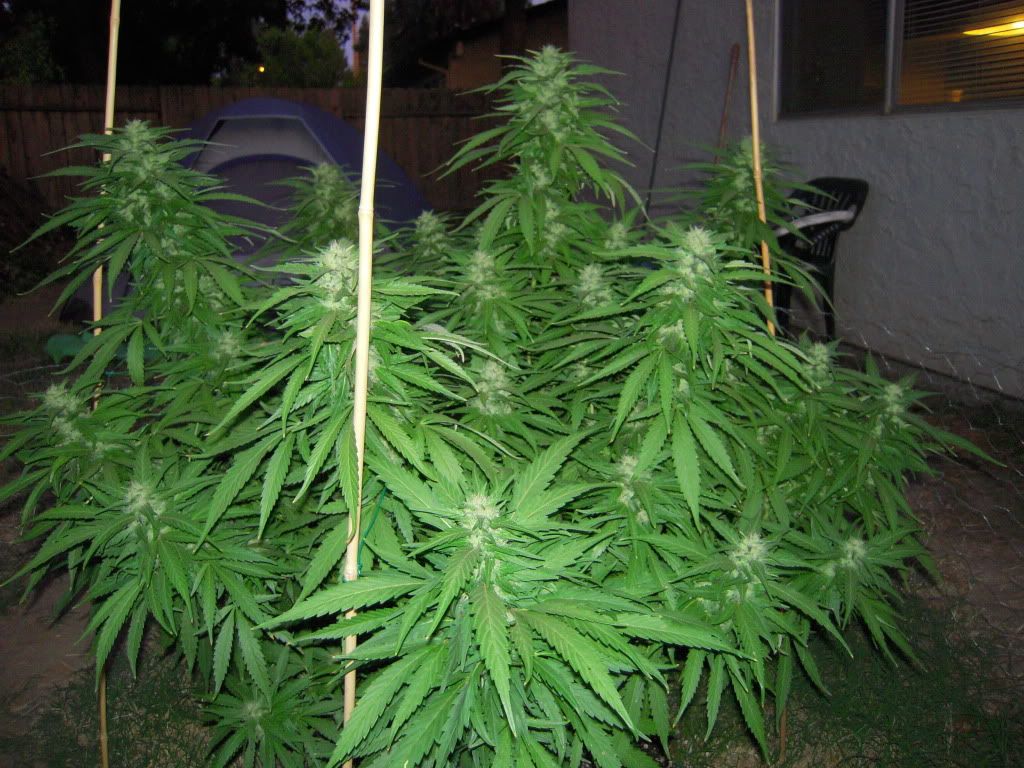
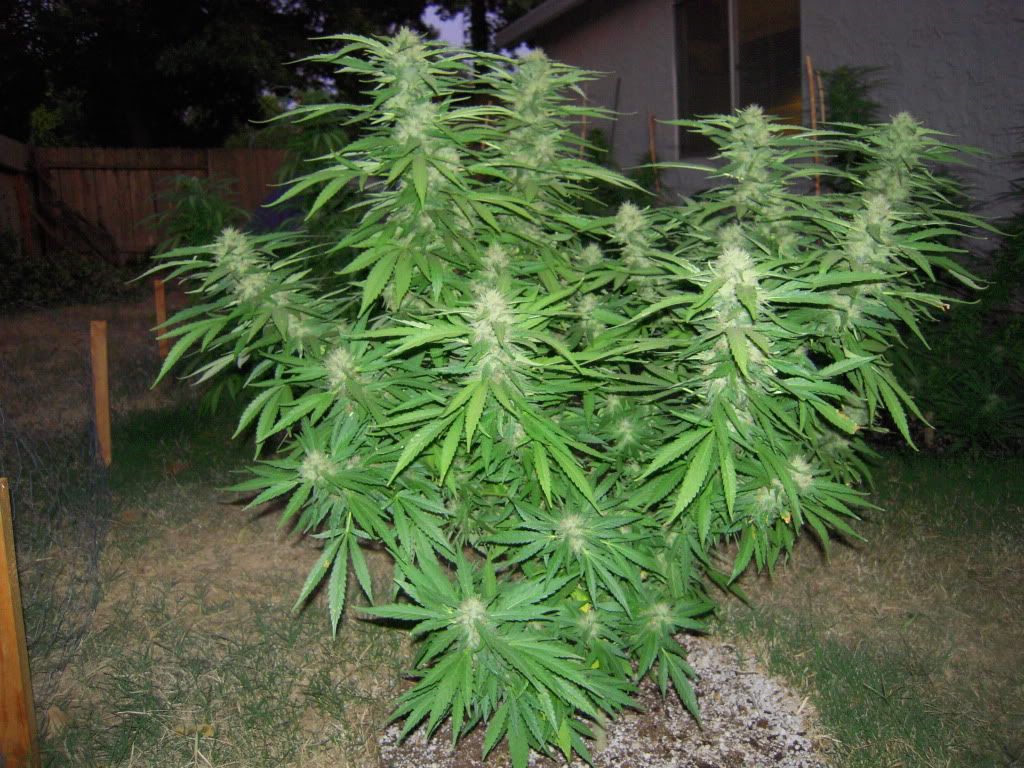


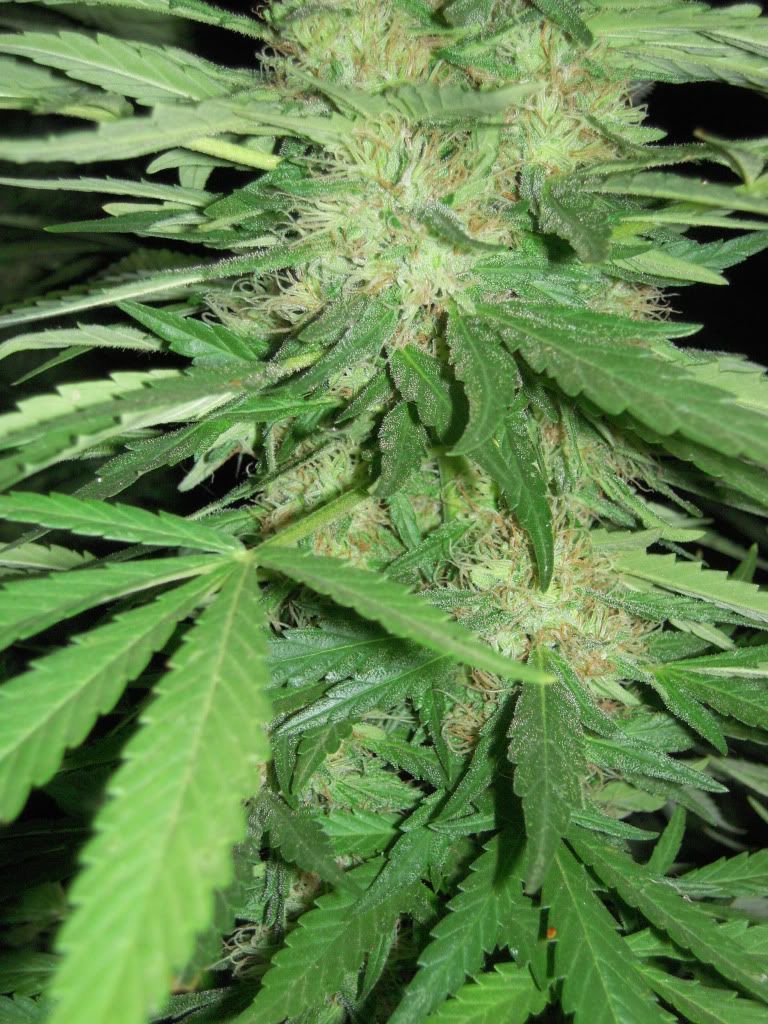
I am running my 3rd run with the samples I got last year, so far I have been more than happy with them. Before I was growing under an CFL but now I am using a HPS and other than using crappy soil on one plant they seem to be doing well. I do have a question though, do I need to use molasses with during flowering with GO? Also I am thinking of Foliar Feeding the plants some for their last 3 weeks what should I use? I have the whole line so I am thinking Black Diamond and Bio Weed? Thanks.
